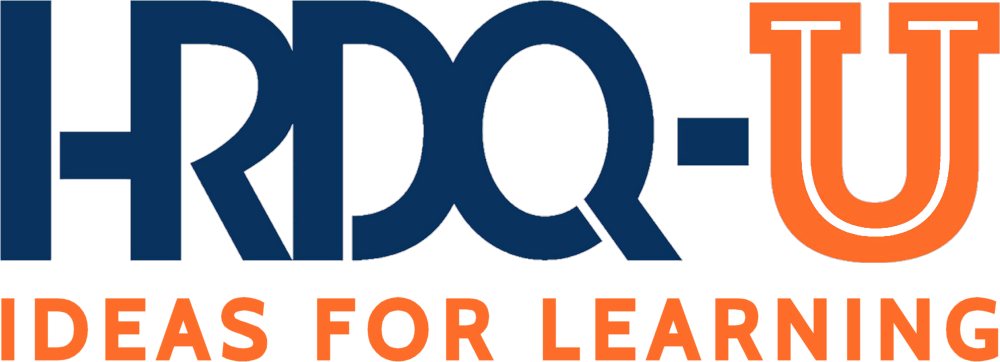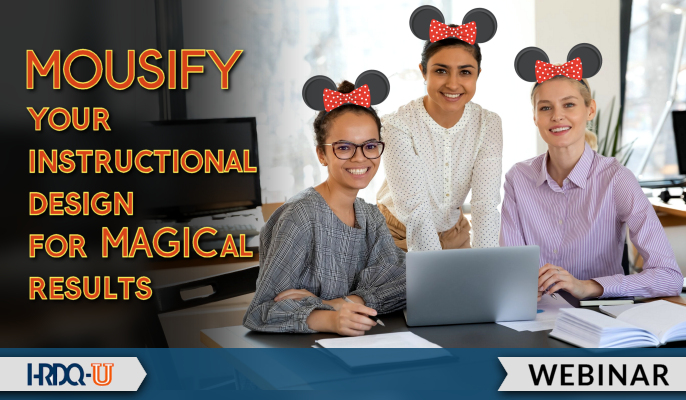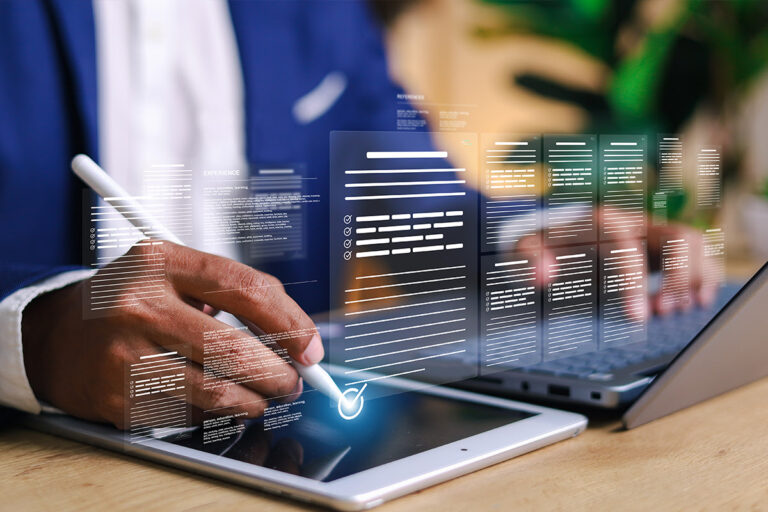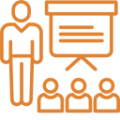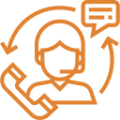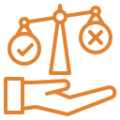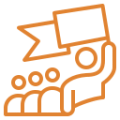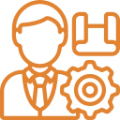How Instructional Design Works
Instructional design helps you to learn better and faster by creating useful learning experiences. You can think of it like a bridge that connects what teachers want to teach with what students actually learn! The whole point is to plan and create learning materials that work for you.
The designers talk about the fundamentals of how your brain learns best. They map out your learning process step by step to keep you involved. They help you pick up new skills faster! You’ll find their work everywhere, from classroom activities to online courses.
Learning theories help you get the most out of your education. You’ll see the ADDIE model pop up quite a bit. It walks you through five main steps: analysis, design, development, implementation, and evaluation. Bloom’s Taxonomy also comes in handy. It helps you move from basic concepts up to thinking about what you’re learning.
Don’t get instructional design mixed up with curriculum development. They’re different concepts. Curriculum development figures out what material you need to learn. Instructional design focuses on the best way for you to learn it.

Educational technology usually goes hand in hand with instructional design, but they’re not exactly the same. While tech people start with useful tools and platforms, instructional designers look at your whole learning experience! They’ll use technology when it helps. But they have lots of other techniques, too.
Modern instructional design works in all kinds of environments where you might learn something. You’ll see it in regular classrooms, online courses, phone apps, and virtual reality experiences. The designers know you might learn differently from your classmates. They make sure to mix things up.
It starts with figuring out what you need as a learner. The designers ask questions about who you are, what you struggle with, and what gets you excited to learn. Your answers help shape everything they do next.
Think of instructional designers as architects of your learning process. They build clear paths that lead you straight to your learning goals. Everything you do along the way – every activity, quiz, or resource – fits into the bigger picture of what you’re trying to learn.
How It Helps with Curriculum Development
Actually, it shapes your entire learning process. It helps you learn more about new concepts. You’ll see how designers start with figuring out what you need to learn and why. They can see where you might get stuck. They come up with smart ways to keep you moving forward.
Your learning adventure starts with clear goals that show you where you’re headed. These goals act like a roadmap. Think of instructional designers as your guides. They plan each step of your process. They pick out the right combination of activities and resources to help knowledge stay in your brain.
The content flow changes your learning experience. You’ll find each lesson flows into the next and builds on what came before. Your teachers get useful guides and lesson plans that keep everything running. Plus, there are checkpoints to make sure you’re moving forward.

Team effort makes learning come alive. Designers work closely with your teachers and other experts to create engaging learning experiences. Everyone gets training on the materials and online tools. This teamwork means you receive steady, quality learning no matter which class you’re in.
Modern tech tools open up fun and innovative ways for you to learn. The designers pick tools that improve your learning and help you collaborate. Your teachers master these tools, too. The tech improves your learning instead of disrupting it.
Success tracking helps to fine-tune your learning experience. The designers look at how you respond to different materials and activities. They analyze your test results and feedback while looking for improvements. Your learning materials become more useful because of this.
Technology Integration
You use technology every day to create better learning experiences than ever before! Modern learning tools like course places and educational apps can help you build engaging online classes with just a few clicks. Want to study from home, a coffee shop, or halfway across the world? Now, you can access all your course materials from anywhere with an internet connection.
Learning isn’t boring anymore – it’s engaging and lively thanks to interactive tools! Medical students can practice tricky surgeries safely in virtual reality. Game-like features keep you motivated to learn more. Smart AI technology figures out what you need. It adjusts the content just for you based on how well you’re doing.
Adding tech to your teaching brings real results. Videos, simulations, and other interactive content can grab your attention way better than a plain old textbook! Online platforms show you exactly how you’re progressing. They give you instant feedback on your work. You can even learn at whatever speed works best for you and go back to review materials whenever you need to.
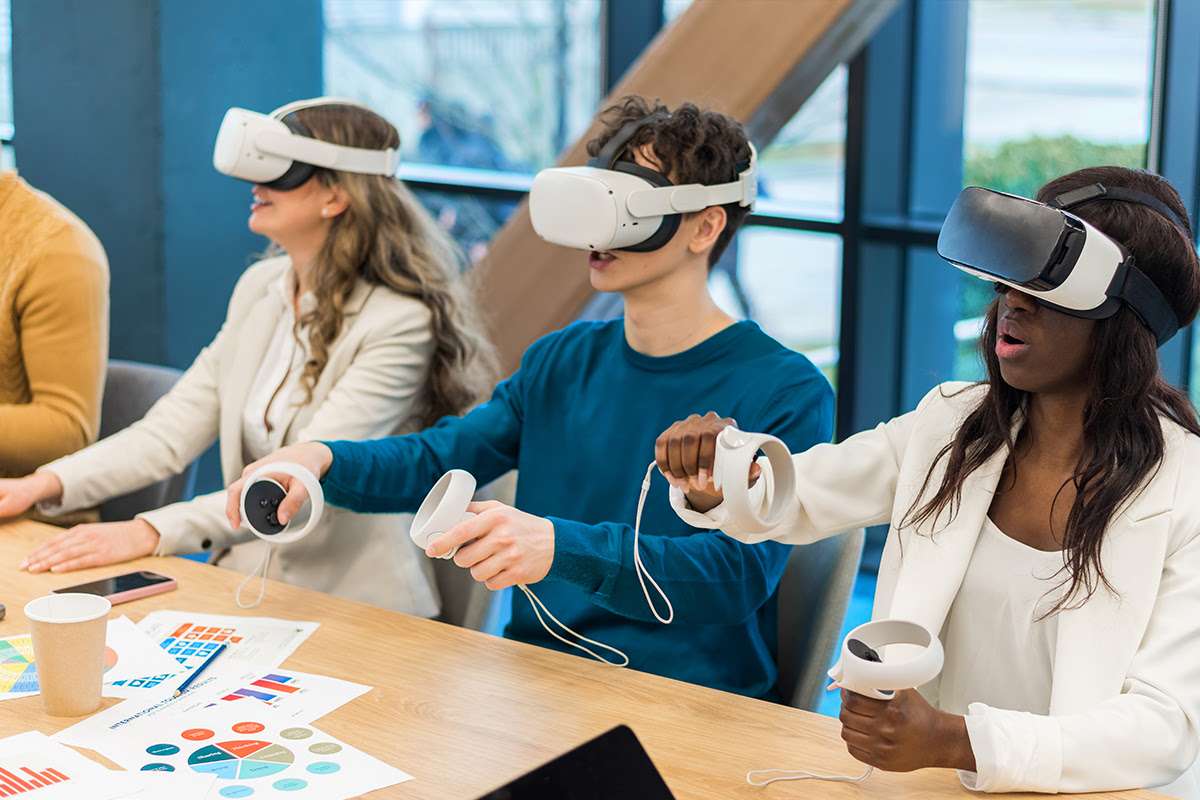
But teaching with technology isn’t always easy. You’ll probably need lots of practice to get comfortable with new teaching tools. Technical problems pop up at the worst times and drive everyone crazy. Making sure all your students have the right devices and reliable internet access takes work, too.
As an instructional designer, you need to stay current with the latest tech and teaching patterns. Being familiar with different software tools helps a lot. The field keeps changing fast. You’ll want to keep up with what’s new.
Your job as an instructional designer goes way past creating course content. You need skills in making interfaces user-friendly and creating videos and graphics and analyzing learning data. Most designers spend their time working with advanced software to build engaging lessons.
With educational technology, you have to think about keeping student information safe while making learning materials accessible. Schools and training programs need strong security measures and clear rules about using technology appropriately.
Learning Outcomes
You need reliable data to check if your training works during and after the course. Start checking for problems early by running your material past focus groups. You’ll catch any problems right away. You can fix them before rolling out the full program.
Once your training is complete you’ll want to measure how it worked. Compare how your students performed before and after to see what they learned. Ask them about what they enjoyed and didn’t like. Check if they’re using what you taught them. That’s the real test of success.
The Kirkpatrick Model can give you four clear methods to check your training results. First, you’ll see how much your students enjoyed it. Next, you’ll measure what they learned. Then, you’ll watch how they use these skills at work. Finally, you’ll look at how the training helped your organization meet its goals.
You have ways to measure success, from quick surveys to complete data analysis. Numbers from tests and performance reviews tell part of the story. Student feedback and what you observe in class fill in the rest. Use scoring guides to keep your evaluations fair and steady.

Want to know if your training sticks? Look weeks or months ahead to see if people still practice what they learned. Watch for improved work performance and stronger business results. This shows you if your training was worth the resources and money you invested.
New tech makes it easier than ever to track how well people learn. Watch how your students use their new skills through knowledge-sharing places. Management tools show changes in how they work. Customer service systems show improved employee performance.
Expert reviews of your training keep quality high. Subject experts make sure your content hits the mark. They check that all your materials are accurate. Their feedback helps you create better ways to measure success.
Keep watching how your students connect with the material. Listen as they talk through problems out loud. Record video of real learning moments. Spend time in the classroom, seeing how students work with what you give them.
Benefits of Effective Instructional Design
You learn much better through project-based activities and group work in classrooms. You’ll find the material more engaging and useful because you’re working on challenges that matter to you.
You’ll remember what you learn longer when you can actively participate in discussions and group activities. Working through problems with your classmates helps you think about the material and come up with creative solutions. You’ll pick up some useful people skills along the way that’ll help you in your future career and life in general.
The flipped classroom changes how you can spend your class time. You’ll watch some videos or do readings at home at your own pace. That means you can rewind or review tough parts as much as you need. Then, during class, you’ll get to practice what you learned and talk through questions with your teacher and classmates.

Want proof that these teaching strategies actually work? Just look at the numbers! One factory cut their training time almost in half while their workers did an even better job than before. A big university found that 25% more students finished their online courses after they added more interactive elements. The games and quizzes helped keep all people interested.
When you learn, it feels more like playing a fun game when you can earn points and compete with classmates in friendly ways. You won’t even notice you’re tackling hard material because you’re too busy trying to level up or earn the next badge. Games make everything more fun, even learning!
Everyone learns differently. That’s okay. Maybe you learn best by looking at diagrams and pictures or maybe you need to try things out yourself. Expert teachers use lots of different methods to make sure everyone in class gets it.
Your test scores will probably increase when your teacher uses well-planned lessons. You’ll get better at solving tricky problems and putting what you learned in new situations, too. Having clear steps to follow makes learning new concepts way easier and less confusing.
What’s Next for Instructional Design?
You’re now changing the way you learn thanks to fun new technologies in instructional design! Your learning experiences are now more engaging and personal than ever before. You can expect your content to be interactive and customized just for you.
Your learning process now feels more like playing a game than sitting in a classroom. You can rack up points and unlock fun achievements. You can even compete with other learners while you master new skills! Learning this way keeps you motivated and makes the whole process way more fun.
AI is completely changing how you can get your educational content. The smart systems watch how you’re doing and adjust the difficulty level just for you. You’ll get personalized suggestions and custom learning paths that match exactly where you’re at.
VR and AR now let you jump into great learning environments that weren’t possible before. Want to practice tricky procedures without any dangers? No problem! Medical students can now perform virtual surgeries. Mechanics can work on online engines in realistic simulations.

You’ll love how microlearning fits well into your busy life. Instead of tackling giant topics all at once, you can digest information in small, manageable chunks. These quick learning bites let you pick up new skills without disrupting your work schedule.
Modern learning platforms use data to find out exactly how you learn best. Your teachers can see when you’re struggling and jump in to help right away. The platform tracks what keeps you involved. The system suggests ways to make your courses better.
Learning online doesn’t mean learning alone anymore. You can connect with other students through discussion boards and virtual study groups. Working with peers helps cement what you’re learning and builds your communication skills, too.
Remote learning tech now lets you access quality education from anywhere. Your virtual classroom creates real connections with other learners across different time zones and cultures. Distance just isn’t a barrier to quality education anymore.
As an instructional designer you need to stay current with these innovative tools and patterns. Learning about these technologies helps create engaging learning experiences. The future of education needs you to blend traditional teaching methods with these online tools.
Level Up Learning and Development Skills
Education is growing at a breakneck speed and you need some fresh ways to create learning experiences. You’ll see right away that smart and thoughtful instructional design gets people excited to learn. It helps them remember what they’ve learned! The best part? You can create very engaging and useful lessons that actually stick with your students.
You can improve your teaching results by putting extra effort into how you structure the lessons. This applies whether you’re standing in front of a classroom, running a corporate workshop, or creating an online course. Take a bit to think about your latest teaching strategy. What small adjustments could change how your students learn?

HRDQ-U can give you the resources you need to level up your training and development skills! You’ll get instant access to webinars, podcasts, and blog posts that’ll improve your teaching and training strategy. You’ll join a community of pros who are all working to become better educators. Jump in and start looking at our exceptional library of on-demand resources.
Don’t miss an opportunity to check out our fun webinar, Mousify Your Instructional Design for MAGICal Results. You can see how this Disney-inspired model creates magical learning experiences by connecting emotions with business goals. This strategy can give you real behavior change.
Make sure to check out The Business Case for Learning at HRDQstore. This crucial guide highlights the indispensable role of learning and introduces a systematic, results-focused method to boost your investment.
